Headlands Farm is located alongside the New Forest National Park, one of Europe’s most sensitive ecological areas, a wetland of international importance. Headlands is in the River Blackwater wildlife corridor, which hosts a huge bio-diversity of flora and fauna.
Headlands Lakes
Both of our lakes (Top & Bottom) are roughly 2.5 acres, surrounded by mature vegetation, grasslands and Pine Forest. Both lakes have a maximum depth of 3.5 meters as well as lots of shallower nooks, crannies, islands and holes. Set within the River Blackwater corridor Headlands Lakes support a wealth of wildlife, both inside and outside of the water. This is something we’re very proud of, and working hard to support and continually improve.
Our Fish
Headlands is a coarse fishery which hosts fresh water fish, when caught they must be returned alive and well. We champion and expect exceptional fish care from our anglers, which is vital for the fish’s health & wellbeing, and is something we rigorously enforce through strict rules and regulations. The fish here are hard fighting wild fish, our bait restrictions mean that the fish are lean and fit. They are full finned and have the power to put up a good fight when caught.
Top Lake
This is our big fish lake, with Carp (Common & Mirror) and Pike well over 25lbs and many in the late teens; Bream also live here. For anything smaller, head to our Bottom Lake.
Bottom Lake
This is our runs-water where you’ll likely get more bites than our Top Lake. With Mirror & Common Carp over 15lbs as well as Crucian Carp, Tench, Bream, Rudd, Roach and quality Perch there’s plenty to fish for throughout the year.
Fishing Swims
These have been labelled based on historic names given to areas around the lakes, fish & wild fowl we have here at Headlands and their geographical locations. Please use these swim names when posting your catches to social media.
Fauna – Animal life
Here at Headlands we have a huge bio-diversity of animals from all walks of life, covering amphibians, invertebrates and mammals.
Invertebrates
Invertebrates are cold-blooded animals with no backbone, such as insects, spiders and worms. Look out for Chaser Dragonflies which have a bright blue abdomen with patches of black (males) or a bright orange abdomen (females). Marine invertebrates, such as our fresh water clams living in our Top Lake help to filter our lake water. The wildflower boarders around the lakes have brought about a huge increase of insects to Headlands, which in turn brings those who eat them, birds!
Birds
During the past few years, over 240 different birds have been spotted and recorded here at Headlands. Those of note include birds of prey such as our resident Buzzards, visiting Red Kites, Kestrels and Sparrow Hawks. At night you’ll no doubt hear our Tawny Owl and maybe lucky enough to see it. We host the Greater Spotted Woodpeckers and the larger Green Woodpecker which has dark green wings, a yellow rump (visible in flight) and their cheeks are black with a prominent red cap on top. Swallows and House Martins visit us from Africa in the summer, nesting in our barns and swoop over the fields for insects during the day. Our very special Kingfisher, with a stunning blue back and wings can be seen on our Bottom Lake, especially first thing in the morning. We also host a huge number of Finches, Tits and even Stone Chats which as the name suggests, utter a sharp loud call that sounds like two stones being tapped together.
Waterfowl
We have a wealth of waterfowl on our lakes. Our residents include Mallard ducks, Moorhens (small, black with red bills) and Coots (larger than Moorhens with white bills). We also have visiting Swans, Canadian Geese, Herons and migrating Pochard ducks from Russia during the colder winter months.
Mammals
Mammals are warm-blooded animals that have a backbone, feed their young with milk produced by the mother and have fur or skin. We have many mammals including: rabbits, deer (Muntjac and Roe’s), water vole, bats, visiting foxes and our resident badgers; their set close by.
We also have a visiting Polecat which is a weasel-like mammal with mainly dark brown fur with a darker mask across the eyes and noted for it’s fetid smell! They’ll hunt by day or night for all sorts of prey from frogs to rabbits, using a keen sense of smell to locate their prey.
Bats
The river Blackwater corridor hosts six types of bats including the rare Barbastelle. Those often seen and heard at Headlands include the Long Eared Noctule bat identified by it’s huge ears and the Pipestrelle, which is a small bat with brown fur and black wings and face. It’s wing span is normally around 20cm and it weighs no more than a pound coin. Flies are it’s main prey, with lacewings, mayflies, midges and mosquitos all on the menu. Take a walk around the lakes at dusk on a summer’s evening and there’s an excellent chance you’ll spot plenty of bats swooping over the water.
Flora – Plant life
Our water margins contain over twenty-two British native wildflower species, including Water Avens, Yellow-flag Iris, Ragged Robin, Common Sedge and rather special spotted orchids, which all thrive in wet low-lying land. The sandy banks and bunds around the lakes host over twenty-four British native wildflower species, including Black Medick, White Campion, Wild Carrot and Forget-me-not. These species love well drained slopes and embankments. Our lakes host Water Lilies and many varieties of reeds, including the large and distinctive Bulrush, with their dark brown, sausage-shaped seed heads at the tips.
